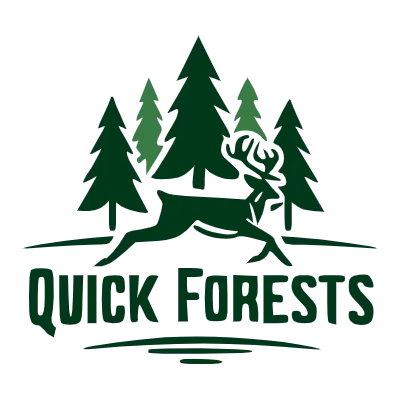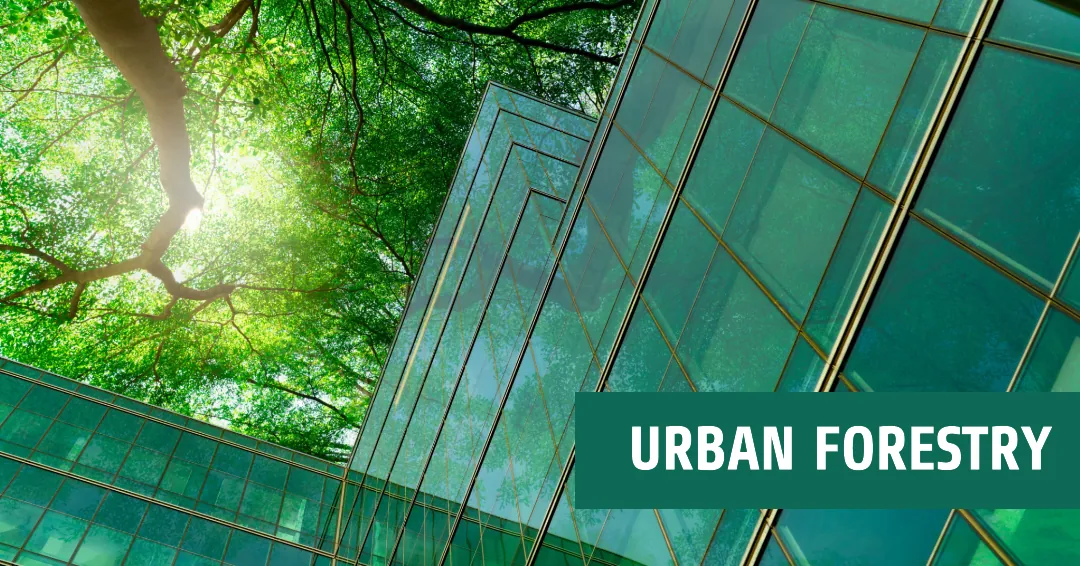Urban forestry, the careful planning, planting, and management of trees within city environments, has emerged as a crucial discipline in the face of rapid urbanization and climate change. This practice goes beyond mere beautification, but more importantly, it plays a vital role in enhancing urban ecosystems, improving public health, and fostering sustainable urban development.
What is Urban Forestry?
Urban forestry encompasses the care and management of trees and associated vegetation in urban and suburban settings. It involves a wide range of activities, including:
- Planning and designing green spaces: Urban foresters collaborate with landscape architects and city planners to integrate trees into urban design projects, maximizing their benefits.
- Selecting and planting appropriate tree species: Choosing the right tree for the right location is crucial for long-term success. Urban foresters consider factors like mature tree size, root systems, and tolerance to pollution and compacted soil (Source).
- Maintaining existing trees and vegetation: Proper care, including pruning, watering, and pest management, ensures the health and longevity of urban trees.
- Removing hazardous or diseased trees: While unfortunate, sometimes tree removal is necessary to protect public safety. Urban foresters assess tree health and implement safe removal procedures when needed.
- Educating the public about the importance of urban forests: Raising public awareness about the benefits of trees and fostering community involvement in tree planting and care initiatives is an important aspect of urban forestry programs(Source).
The Benefits of Urban Forests

Urban forests provide a multitude of benefits, positively impacting the environment, public health, the economy, and even social well-being. Here’s a closer look at some of the key advantages:
- Environmental Improvements
- Air Quality Enhancement: Trees act as natural air filters, absorbing pollutants like ozone, particulate matter, and nitrogen dioxide.
- Carbon Sequestration: Trees absorb carbon dioxide, a greenhouse gas, and store it in their biomass.
- Stormwater Management and Flood Prevention: Tree roots help to absorb rainwater, reducing stormwater runoff and preventing flash floods.
- Public Health Benefits
- Improved Mental Health: Studies have shown that spending time in nature can significantly reduce stress levels and promote feelings of well-being.
- More Physical Activity: Urban forests create inviting spaces for walking, cycling, and other forms of outdoor recreation.
- Reduction of Noise Pollution: Trees act as natural sound barriers, absorbing and deflecting noise from traffic and other urban sources.
- Economic Advantages
- Increased Property Values: Studies have shown that homes located in neighborhoods with mature trees can command higher property values compared to those without. (Source)
- Energy Savings: Trees provide shade for buildings, reducing cooling costs in the summer. Additionally, strategically planted trees can act as windbreaks, lowering winter heating demands.
- Boosts Local Businesses: Parks and other green spaces with trees can attract visitors and support local businesses, such as cafes and restaurants, located nearby.
- Social Benefits
- Creation of Community Gathering Spaces: Parks, plazas, and other green spaces with trees provide opportunities for residents to socialize, connect with nature, and build a sense of community.
- Enhanced Urban Aesthetics: Trees add beauty and visual interest to the urban landscape, making cities more pleasant and aesthetically pleasing places to live.
- Improved Social Cohesion and Reduced Crime Rates: Studies suggest that access to green spaces can foster a sense of community and belonging, potentially leading to lower crime rates.
Challenges in Urban Forestry

Despite its numerous benefits, urban forestry initiatives face several challenges. Here’s a closer look at some of the key problems:
- Limited Space: Finding suitable planting locations can be a challenge in densely built urban environments. Competition for space with buildings, sidewalks, and infrastructure can restrict available areas for planting new trees.
- Soil Quality: Urban soils are often compacted due to construction and lack essential nutrients for healthy tree growth. Additionally, pollution and contamination can further compromise soil quality in some areas.
- Climate Change: Rising temperatures, changing precipitation patterns, and extreme weather events pose a threat to the health and survival of urban trees. Urban foresters need to adapt their strategies to select tree species that are more resilient to changing climatic conditions
- Pests and Diseases: Urban trees can be susceptible to a variety of pests and diseases, particularly in stressed environments. Effective pest and disease management strategies are crucial to protect the health of urban forests.
- Funding: Sustainable urban forestry programs require ongoing financial resources for tree planting, maintenance, and education initiatives. Securing consistent funding streams can be a challenge, especially in budget-constrained municipalities.
- Public Perception: Raising public awareness about the importance of urban trees and fostering community involvement in tree care initiatives is an ongoing challenge. Educating residents about the benefits of trees is crucial for the success of urban forestry programs.
Innovative Approaches in Urban Forestry
The challenges faced by urban forestry programs necessitate creative solutions. Here are some of the innovative approaches that are transforming the way cities manage their urban forests:
- Green Infrastructure Integration: This approach involves incorporating trees and other vegetation into urban planning and infrastructure projects. Examples include:
- Green roofs: Planting vegetation on rooftops provides insulation, reduces stormwater runoff, and creates new habitat for urban wildlife.
- Bioswales: These landscaped channels filter stormwater runoff, improving water quality and reducing flooding risks.
- Pocket parks: Transforming small, underused spaces into green areas with trees can bring the benefits of nature closer to residents in densely populated areas.
- Smart Technology: Technological advancements are playing an increasingly important role in urban forestry. Here are some examples:
- Geographic Information Systems (GIS) and remote sensing: These technologies allow for better tree inventory, mapping, and monitoring of tree health.
- IoT (Internet of Things) sensors: Sensors can be installed in trees to monitor factors like soil moisture, air quality, and potential pest infestations. This allows for more targeted and data-driven tree care.
- Species Diversification and The Miyawaki Method: Urban foresters are increasingly planting a wider variety of native tree species to enhance the resilience of urban forests. One innovative approach gaining traction is the Miyawaki method. These Miyawaki forests can mature rapidly, creating significant environmental benefits within a short timeframe.
- Community Engagement: Successful urban forestry programs involve active participation from residents. Initiatives include:
- Volunteer tree planting and care days: Engaging residents in tree planting and care fosters a sense of ownership. Also, citizens responsibility for the urban forest.
- Urban forestry education programs: Educating residents about the benefits of trees and proper tree care practices empowers them to become stewards of their urban environment.
The Future of Urban Forestry
As cities continue to grow and face environmental challenges, urban forestry will play an increasingly critical role. Future trends may include:
As cities continue to grow and face increasing environmental challenges, urban forestry will play a critical role in creating more sustainable and resilient urban environments. Here are some potential future trends that may shape the landscape of urban forestry:
- Integration with Smart City Technologies: The integration of urban forestry with smart city technologies, like those mentioned earlier (GIS, IoT sensors), will be further developed. This will allow for even more precise monitoring, analysis, and management of urban forests.
- Urban Agriculture: Urban forests may transition to include a greater focus on edible plants and fruit trees, promoting urban agriculture and local food production. This can contribute to improved food security, promote healthy eating habits, and create new economic opportunities in cities.
- Development of Innovative Planting Techniques: Concepts like vertical forests and the Miyawaki method will likely play a more prominent role in the future of urban forestry. The Miyawaki method’s ability to establish dense, fast-growing forests on limited spaces can be particularly valuable in densely built urban areas.
- Enhanced Collaboration: Building strong collaborative networks between urban planners, foresters, and public health professionals will be crucial for maximizing the benefits of urban forestry. This collaboration will ensure that urban forests are strategically integrated into city planning, promoting both environmental health and human well-being.
Conclusion
Urban forestry represents a powerful tool in creating sustainable, resilient, and livable cities. By recognizing the multifaceted benefits of urban trees and investing in their proper management, cities can improve the quality of life for their residents while contributing to global environmental goals. As we face the challenges of the 21st century, urban forests stand as green sentinels, offering hope and practical solutions for our urban future.

